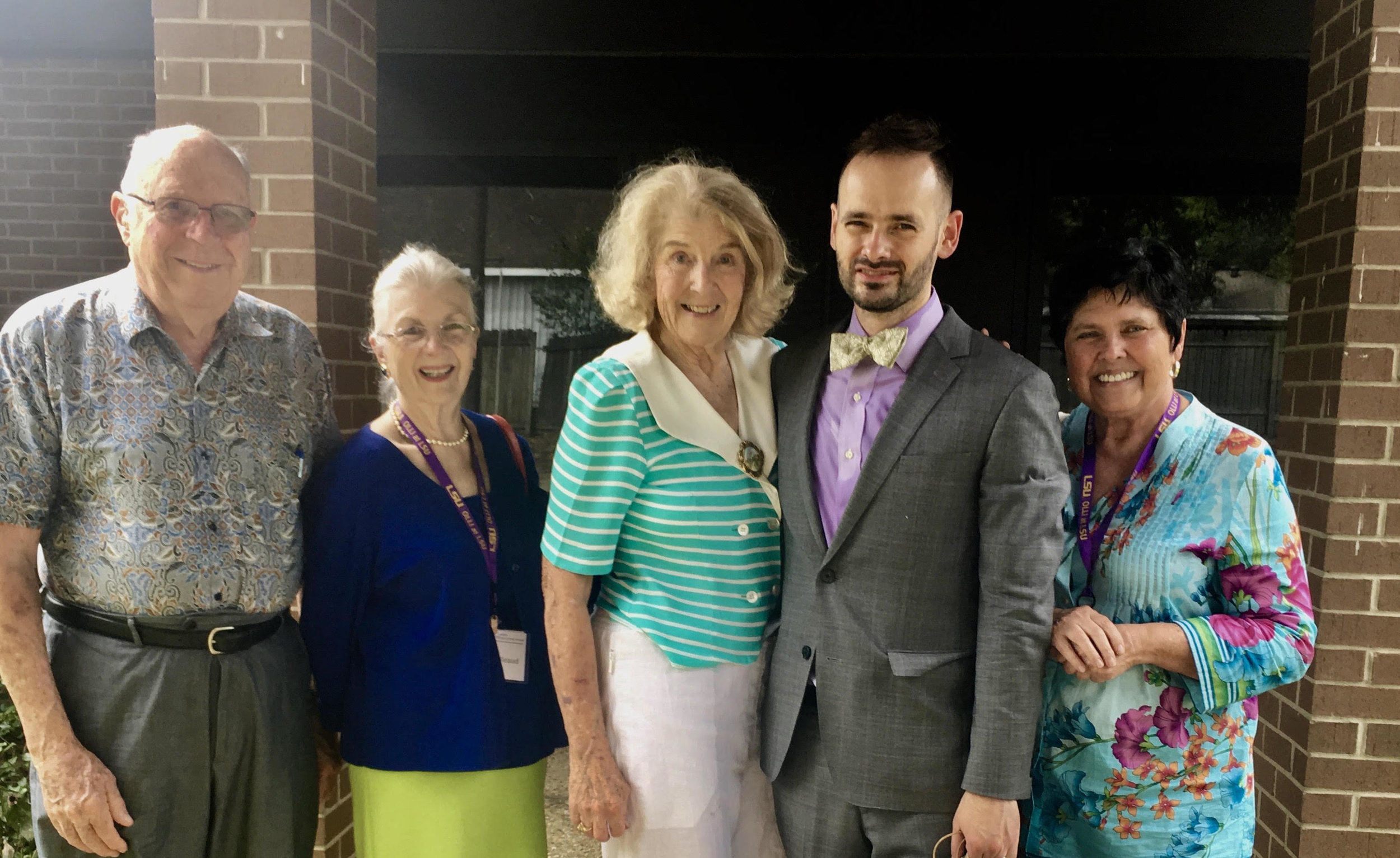'Poets of the Piano' is a concert series, or brand, or concept, that has been my focus for the past five years. It started in Pittsburgh, when I needed a memorable title for a class I was teaching at the Osher Institute connected to Carnegie-Mellon University.
This class was a lecture-recital, featuring a very wide range of piano music knit together into four one-hour programs. Because the repertoire was so diverse, I thought I needed some umbrella ideas to tie everything together and make a bigger statement, something inspiring and informative.
'Poets of the Piano' comes from the liberation of poetic forms from any specific words, and the re-creation of story-telling drama in piano music. I'm struck by the historical footnote of Chopin's Ballades, which originally were published as 'Balladen ohne Worte,' or ballades - without words. People needed to be told, I guess, that they didn't get to sing along.
Beyond that, lots of literature crept into piano music from the 19th century on, and that's a rich topic for exploration, because it represents an intersection of culture, and often a translation of effect, from text to music. I think it's possible to get a deeper understanding and love of music, by getting a feeling for these things.
So 'Poets' was born, and under the general series of 'Poets,' I created lots of themes - The Cosmopolitan Pianist, showcasing music of international ambition; 'Songs of Night, Love, and Morning,' with serenades, aubades, Liebesträume, whatever; 'Phantasmagoria,' music of imaginary creatures or atmosphere, with some satanic pieces; 'A Night at the Theater,' all transcriptions from the stage, from Classical times till today. That sort of thing. They are just ways to experience music written across continents and centuries and styles, as kin.
So now, in the Fall of 2018, 'Poets' goes on tour, to 25 American cities, from September to December. There are four programs: 'The Cosmopolitan Pianist,' 'A Night at the Theater,' 'Phantasmagoria,' (starts on October 31) and 'Acts of Faith.'
In addition to those, whenever I have the chance, I'll play Bach's Goldberg Variations, a cult classic that always brings a devoted audience out of the woodwork. You might think it's a lot of work, and you're right, but I do the work so you don't have to. You can see the events in the tabs above, and see what you missed under 'Archive.'
Follow here for a travelog of the tour, I hope to post pictures, sound clips, and a general diary. If I'm in your city please don't hesitate to contact me through the website and say hello.
Until soon,
Nathan





































